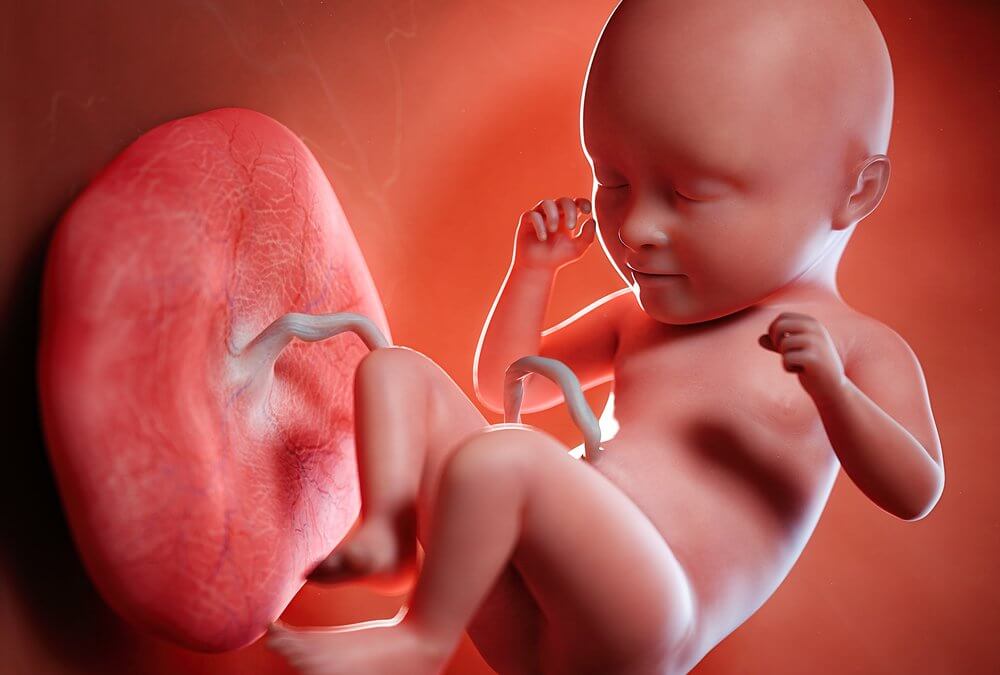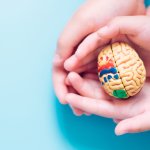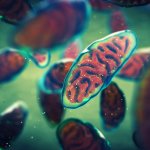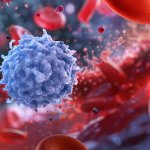The formation of the placenta represents a pivotal moment in pregnancy. Often thought of as the life support system for the growing foetus, the placenta represents the beginning of the nurturing bond between mother and child.
An intricate organ, the placenta undergoes a process of development that is at once fast and yet also remarkable, and is essential to the growth and health of your new baby.
In this blog, we’ll answer some of the most important questions about the placenta, like ‘what is the placenta?’, ‘when does the placenta form?’, and ‘what does the placenta do?’. We’ll also cover how the placenta could hold the key for unlocking the future of medicine.
What is the placenta?
The placenta is a temporary organ that is a bit like a pancake in shape and comes to measure around 20 cm in diameter and is on average 3 cm thick at the point of delivery. [1] It forms in the womb, also known as the uterus, during the first few weeks of pregnancy and attaches to the uterine wall where it is connected to your baby via the umbilical cord.
When does the placenta form?
The formation of the placenta usually begins at around week four of pregnancy.
Approximately a week after a sperm fertilises an egg about 120 cells called the blastocyst implant themselves into the wall of the womb. Around two thirds of these cells split away and implant themselves deeper into the uterine wall where, instead of preparing to develop into the arms, legs and other body parts of your baby, they will prepare to form into the placenta. [2]
From there the placenta will continue to develop over the next two months, taking over the role of the corpus luteum – a collection of cells that produce progesterone, a hormone necessary for sustaining the foetus during the early stages of pregnancy – at around weeks 10-12. [3]
The placenta will then be solely responsible for sustaining your baby into the second and third trimesters.
What does the placenta do?
The placenta has a myriad range of functions that help to sustain and protect your baby while it grows in the womb. [4]
These include:
- Providing your baby with oxygen while also removing carbon dioxide.
- Transferring vital nutrients such as water, amino acids, vitamins and glucose from mum to baby.
- Carrying away waste substances from the baby, like urea, uric acid and bilirubin (a substance made during the breakdown of red blood cells).
- Ensuring that the transfer of nutrients and waste occurs without mixing the blood of the baby with that of the mum’s.
- Passing antibodies to the baby close to delivery which provide it with immunity both in the womb and during the first few months of its life, effectively kickstarting its immune response.
- As well as being an organ, the placenta is also an endocrine gland, meaning it produces powerful hormones and signalling molecules such as lactogen, progesterone, oestrogen, oxytocin and relaxin which are vital for both mum and baby during pregnancy.
What can I do with my placenta after my baby is born?
Even after baby is born, the placenta still has a range of uses and applications.
Placentophagy
Among the most popular of these are forms of placentophagy, otherwise known as the consumption of the placenta. This can be done in a few ways, either through steaming or cooking, but it can also be dehydrated and encapsulated into pills that mothers can take in the first few weeks after birth.
So far, the benefits of placentophagy are only supported by anecdotal evidence, most of which points to potential improvements in energy levels, milk supply, and mood along with reductions in the likelihood of insomnia, bleeding and postpartum pain. However, it’s worth noting that there are safety concerns around the susceptibility of the placenta to infection.
If you’re planning on eating your placenta then it’s worth discussing the process with your GP or dedicated health professional, along with alerting your hospital that it’s something you want to include in your birth plan. [5]
Placenta banking
It’s been widely noted that the placenta and amnion are both rich sources of various kinds of stem cells. These are cells that have the ability to differentiate into a range of specialised cells throughout the body, and are currently undergoing research in numerous clinical trials for the application in treating a wide range of degenerative diseases. [6] [7]
Here at Cells4Life, we offer expectant parents the chance to store these powerful cells from both the amniotic membrane and chorionic villi of the placenta so that they’re in reserve should your baby ever need them in a future regenerative therapy.
If you’re interested in learning more about storing stem cells for your baby, fill out the form below to download our free welcome pack, which contains comprehensive information about our safe and simple services. It could be something that makes all the difference.
References
FIND OUT MORE, REQUEST YOUR WELCOME PACK TODAY
All you need to know to make an informed decision.
Provide your contact details to request:
– Complete Welcome Pack and Parent’s Guide
– Information via email
– Contact from our specialist advisors









